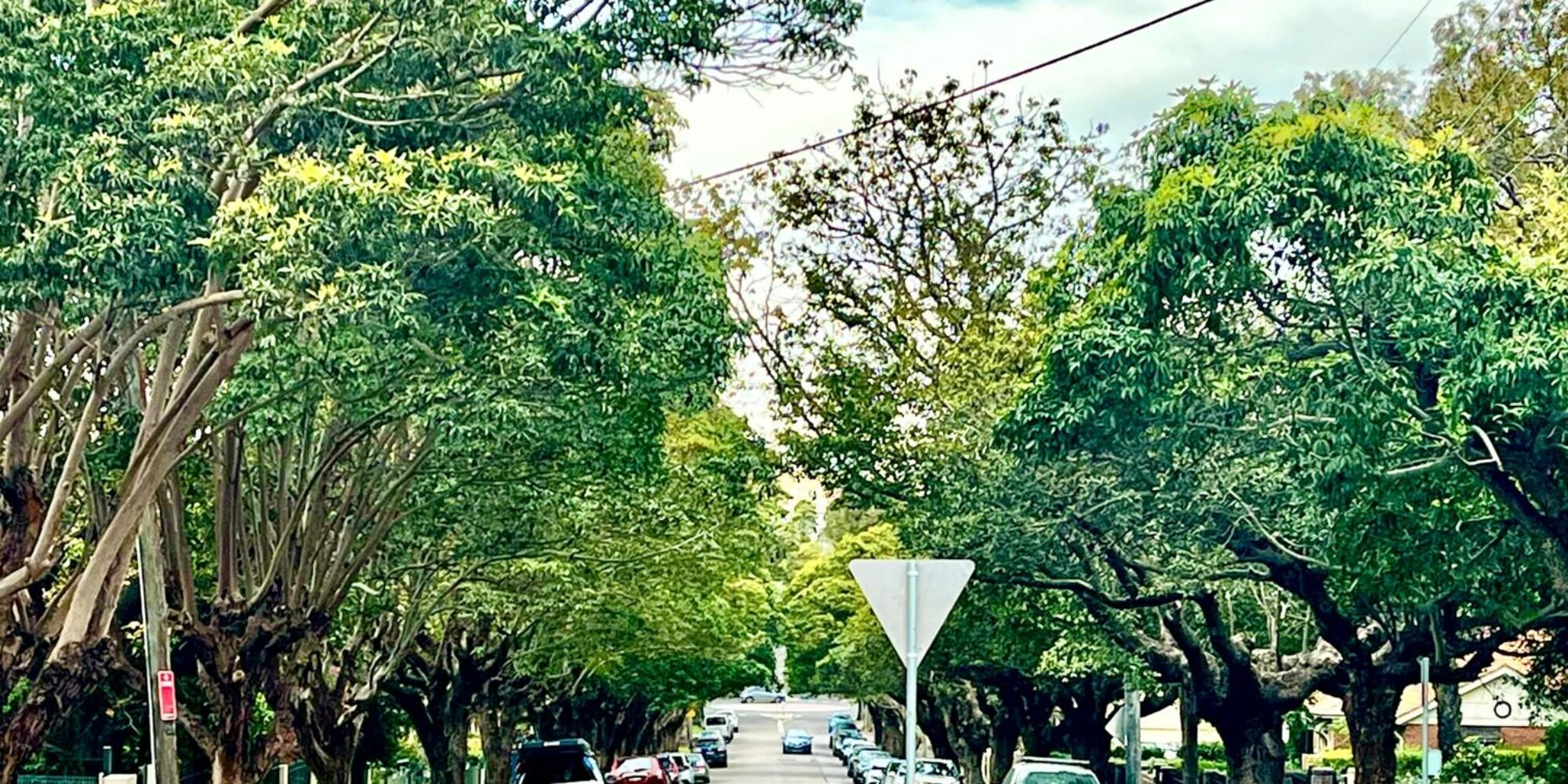In no particular order, and with minimum censorship, below are the ideas put forward by Homebush residents which they believe will lead to a betterment of the environment or improved amenity in the suburb. Some will be beyond the charter of HRG, but we will still list below to respect the members views.
The ideas will be prioritised and then acted upon by HRG volunteers.
Suggested ideas are:
- free second green bin for large properties with large trees;
- “burying the overhead cables in Abbotsford Road so that the trees are not hacked” and “one alternative to burying power lines is to wrap them with tree-proof sleeves, which then makes aggressive pruning unnecessary. This is apparently cheaper – I’ve heard of it being done on some streets in Willoughby Council for example. We (as a group) may need to get the quotes for different options to take the business case to Council. Is there anyone in the group who knows when the power line was buried at the Rochester Street intersection? It would be helpful to know when that was done and how”;
- “ban shopping trolleys being used in the street beyond the confines of a shopping centre car park” and “Shopping trolley: We should advocate for council to expressly require Woolworths shopping trolleys to be fitted with immobiliser devices that activate if they leave the premises of Strathfield Plaza. There is simply no excuse for shopping trolleys to be pushed beyond the shopping centre car park”;
- “monitor for speeding vehicles in Abbotsford Road”;
- “council providing (and/or charging for) a lawn mowing service for those who don’t keep the council nature strip tidy” and “council should take over care of neglected nature strips and also prune overgrowth and levy a charge against the property owner. Similarly, properties that kill the grass on the nature strip (eg apartment buildings where toxic waste is dumped on the nature strip) should be made to pay to remediate it”;
- “New rate structure: Although phrased as a fairer share of burden between properties, in fact the new rate structure greatly disadvantages owners of low density properties: it cuts the waste levy and sets a low minimum rate amount for high density units, and the shortfall is made up by a significant increase to rates for ‘high value’ properties, i.e. single-dwelling properties. This is not fair: house value does not correlate with consumption of council services, and high density units create significant negative externalities, one of which is that they use disproportionately “more” council facilities than single occupancy low density dwellings. We should advocate (before the deadline 30 January) for (1) the waste levy to stay the same; (2) the minimum rate amount to be significantly uplifted; and (2) the value-based component to be significantly reduced in favour of fixed per-occupancy rates’;
- “New local environmental plan: The new draft LEP was developed in a ‘black box’ by the previous council, which was comprehensively rejected by the electorate at the recent election. It has still not been released publicly, and deserves proper scrutiny by residents. Most pressing is that the new LEP proposes mixed use zoning along Rochester Street all the way up to the library intersection, which is bad news for nearby properties. We should keep the pressure on council not to allow the new draft LEP to sneak through without proper scrutiny”;
- “Waste service: (1) separate food waste collection (as already implemented in City of Sydney and Inner West Council for example); (2) more bookable bulk waste collection, including dedicated recyclable bulk waste collections; and (3) fines for dumping of bulk waste without booking collection”;
- “I would like to promote the concept to council that council enhance the significance of heritage listed homes by giving the properties a rate free status and employing staff to give practical advice on maintenance etc (the justification for this request is that the heritage status reduces the market value of homes and the necessity of maintaining the property in its original form is a significant cost over and above non heritage homes); and,
- “ask the local council to aggregate each land owners conservation grant so it can do one larger project each year”.
